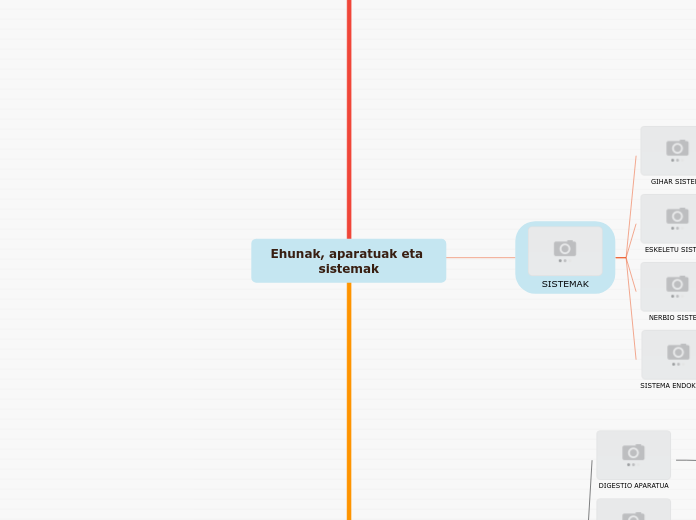von gorka barre Vor 5 Jahren
413
Ehunak, aparatuak eta sistemak

von gorka barre Vor 5 Jahren
413

Mehr dazu

To name your story, you have to think about the overall message and what you want your audience to understand from the story. Also, make it relevant and easy to remember.
The middle of the story is where you add layers of complications that will lead to the end. Reveal more about the character's journey. Did their personality go through changes? How did they overcome the challenges? And as you build up the story’s central conflict, make it more personal to that character. Also, from the middle act, you have to lead into the final act.
There wouldn't be any tension and excitement in your story if there weren't any obstacles in your character's way.
A story is nothing more than a character overcoming a series of difficulties to reach the desired goal. Obstacles usually create suspense and conflict. In overcoming obstacles, there is growth: weak becomes strong; hatred turns into love; sadness into happiness; wrong into right; lies into truth; or evil becomes good.
See a few examples below:
Your character(s) need(s) motivation in order to solve the challenge(s).
Why does your character need to confront this challenge? What does he/she expect to accomplish by solving it?
See a few examples:
Each story has a main character and that character usually needs to solve a problem or challenge. The character's challenge is the one that creates tension throughout the story.
In most stories, there are 3 challenges. The number 3 is a mystical number symbolizing completeness. Try to come up with interesting challenges with which your character needs to struggle.
See a few examples below:
In the beginning of the story (or the exposition), you will need to introduce the setting and characters. You might also want to introduce the main conflict. This part of the story is important because it gives the reader necessary background information and maybe even a first insight into a character’s personality.
Bihotzeko gihar ehuna
Miokardioa osatzen du. Uzkurdura bizkorra eta oharkabea
Gihar ehun ildaskatua
Uzkurdura bizkor eta borondatezkoa da. Eskeleto-giharrak eratzen ditu: bizepsa, bikiak, trapezioa…
Gihar ehun leuna
Uzkurdura oharkabekoa eta geldoa da. Barne barrunbeetako paretak estaltzen ditu: urdaila, hestea, odol-basoak, gernu-maskuria…
Glia zelulak
Neuronak babestu eta elikatzen dituzte
Neuronak
The setting (time & place) of a story can change throughout the plot.
Sensory details include sight, sound, touch, smell, and taste. These details are important because they create depth in your setting.
See a few examples below:
Odola
Hezur ehuna
Kartilago ehuna
Sudurreko, trakeako eta belarri-hegaleko kartilagoak eratzen dituzte
Gantz-ehuna
Gantzak metatzen dituzte. Lipido erreserba, zenbait organo babestu eta isolatzaile termikoa
Ehun konjuntiboa
Organoak konektatu
Characters are essential to a good story. Usually, the protagonist(s) is/are the most affected by the plot. Introduce a character by focusing on their actions, interests, and occupation, as the physical appearance doesn't make a difference in most cases.
Guruin mistoak
What is your character's main goal?
Bi guruinen funtzioa egiten dute
Guruin endokrinoak
Which traits best describe the character's personality? Choose more if necessary:
Substantziak odolera
Guruin exokrinoak
Choose the type of your chacter:
Beren substantziak barrura edo kanpora botatzen dituzte
Type in the name of your character.
Funtzioa: gainazala eztali eta babestu
Add other qualities/attributes of the character.
Epidermisak
Larruazalaren kanpoko geruza da; era berean, hainbat zelula-geruzaz osaturik dago; zelula hauek hilda daude
Endotelioak
Odol-hodien eta bihotzaren barnealdea estaltzen dute
Muki-mintzak
Aho-barrunbea, faringea, hestegorria, ondestea eta arnas-bideak estaltzen dituzte